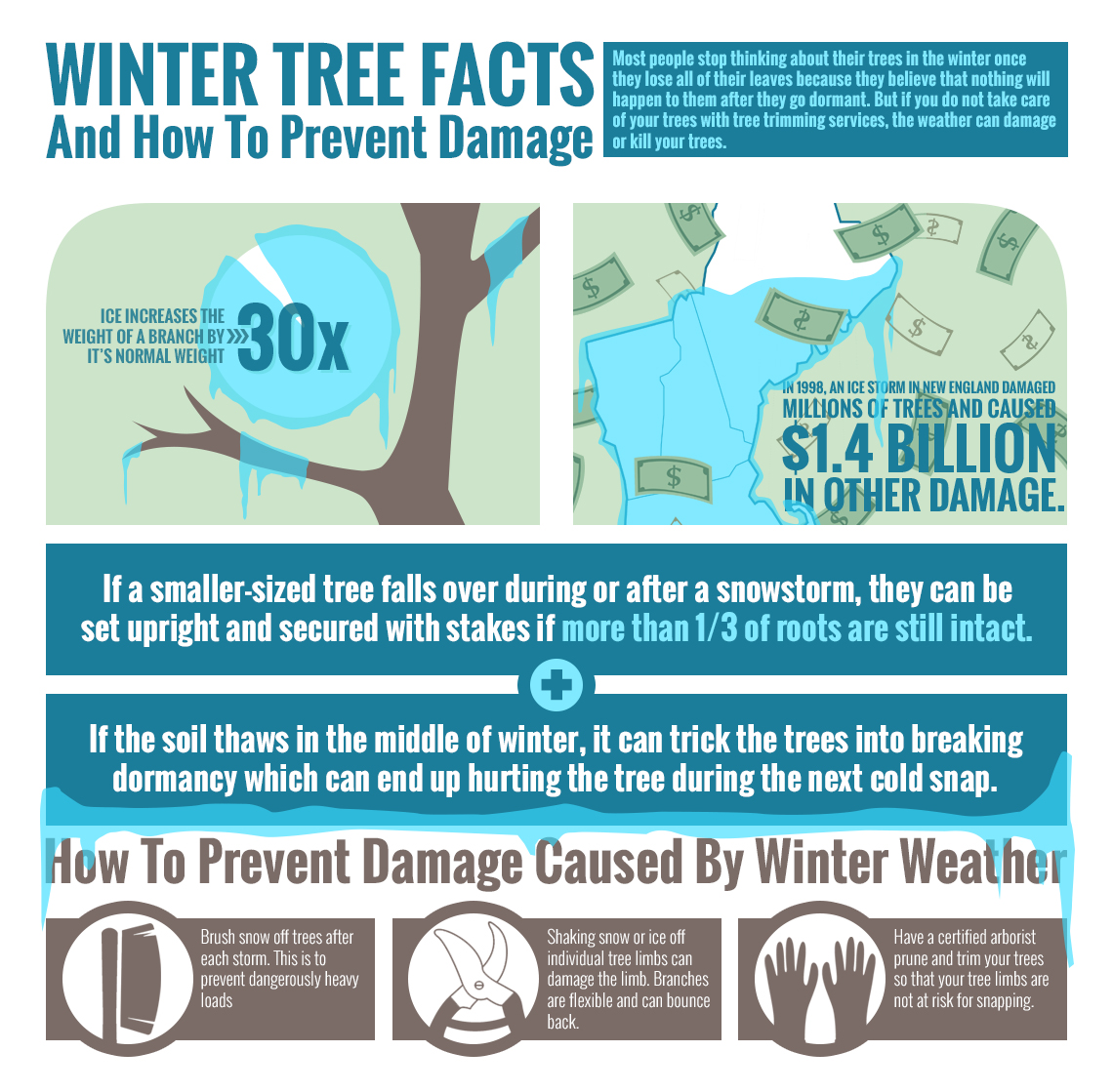Hints That Suggest Tree Removal: Exactly How To Place Hazardous Trees
Hints That Suggest Tree Removal: Exactly How To Place Hazardous Trees
Blog Article
Created By-Velling Butcher
When it involves tree care, identifying the signs that it's time for elimination is vital for your safety and security and residential property. How To Prune A Dwarf Peach Tree could observe discolored fallen leaves, wilting branches, or strange fungal developments showing illness. Structural issues, like a significant lean or splits in the trunk, can additionally posture threats. Recognizing these warning signs can assist you make informed choices about your trees and prevent potential hazards hiding in your backyard. What should you look for following?
Indicators of Decay and Illness
When you see signs of degeneration and disease in your trees, it's vital to act rapidly. Seek stained leaves, wilting branches, or uncommon growths like fungus. These can suggest that your tree is having a hard time.
If you see cracks in the bark or soft, mushy wood, these signs suggest internal decay. Furthermore, a sudden increase in parasites around your tree can signal that it's deteriorated and prone.
Check for https://connecticut.news12.com/tree-services-see-increase-in-business-ahead-of-isaias-42440785 or dying arm or legs, as they present a threat to your residential property and safety. If you doubt about what you see, getting in touch with an arborist can supply clearness.
Addressing these signs early can save you from more extensive damages and make sure the health of your lawn. Don't wait till it's too late.
Structural Instability and Leaning
As you observe your trees, keep an eye out for any kind of signs of structural instability or leaning. If a tree leans significantly, it may show that the root system is compromised.
Search for any type of fractures in the trunk or soil around the base; these can signify possible failing. Furthermore, check for uncommon development patterns, like a lopsided crown, which might suggest that the tree is struggling to hold itself upright.
If you observe that the tree favors your home, power lines, or other structures, it positions a greater danger. Don't disregard these indications-- seek advice from an arborist to examine the situation.
Taking action early can prevent expensive damage and guarantee your safety and security.
Dead or Perishing Branches and Foliage
If you observe dead or dying branches and vegetation on your tree, it's a clear sign that something's wrong.
These harmful areas can suggest underlying problems like disease, parasite infestations, or ecological stress and anxiety. When branches shed their fallen leaves or transform brownish, they're no longer contributing to the tree's health. Overlooking these indications can cause further decrease, making your tree a lot more harmful.
Dead branches can conveniently break short throughout tornados, posturing a threat to home and people close by. It's critical to analyze the level of the damages.
If the issue impacts a substantial part of the tree, take into consideration getting in touch with a specialist. They can help figure out if elimination is essential to make sure security and preserve the appeal of your landscape.
Conclusion
If you discover any kind of indicators of degeneration, architectural instability, or dead branches on your trees, don't ignore them. These signs can position significant safety dangers to you and your residential property. It's constantly best to speak with an expert arborist that can offer a specialist assessment of your trees. Acting early can protect against crashes and expensive damages, ensuring your landscape continues to be secure and healthy. Remember, it's much better to be proactive concerning tree care than to wait on a calamity to happen.
